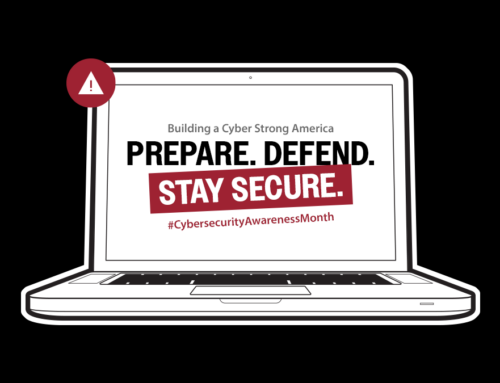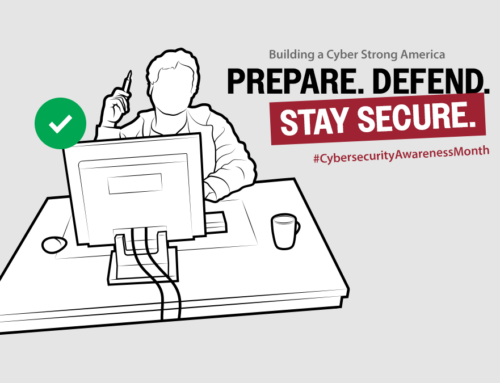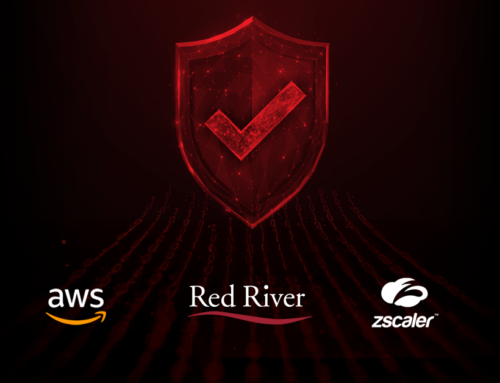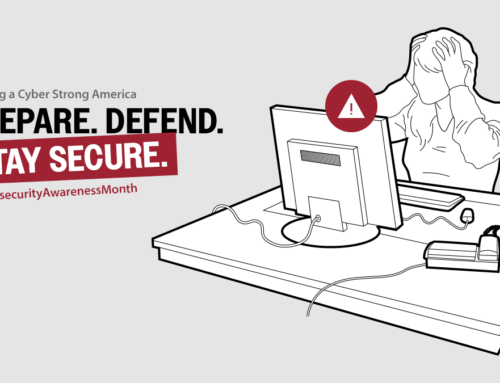
Cybersecurity Risk Management: 10 Best Practices
Hackers continue to invent new ways to steal confidential and valuable digital information at an alarming rate. Last year alone, nearly 60 percent of businesses were slammed by a ransomware attack, and the rate of data breaches is not in retreat. Cybercrimes are expected to cost the U.S. more than $639 billion by year’s end. These are compelling reasons for an organization to update its cybersecurity risk management procedures and best practices. If your operation has yet to clearly define its policy, or its cybersecurity risk management guidelines are gathering dust, the following may prove useful in preparing for the day a threat actor attempts to gain access to your critical data.
What is Cybersecurity Risk Management?
Cybersecurity risk management is the process of applying principles of probability as they relate to losses. In a corporate environment, risk management practitioners investigate the potential vulnerabilities involving financial, strategic, legal and security measures. By identifying the strengths, weaknesses and possible negative outcomes, industry leaders understand the level of risk they assume in a given endeavor. With this information in hand, decision-makers make hard choices about how much risk they are willing to shoulder. These rank among the primary benefits of conducting a risk assessment and shoring up unpalatable risk exposure.
- Minimize Financial Losses: By identifying security and other shortcomings, a company can close gaps that may lead to stolen financial records and leave it open to civil lawsuits or other issues that could result in monetary losses.
- Regulatory Compliance: Shoring up vulnerabilities helps organizations meet sometimes stringent government regulations. Laws such as the Health Insurance Portability and Accountability Act (HIPAA) or the U.S. Department of Defense’s Cybersecurity Maturity Model Certification (CMMC) policy are mandates companies must follow. Failure to mitigate risks associated with these and other regulations opens organizations up to fines and penalties.
- Prevent Reputational Damage: It’s not uncommon for a company to fold after getting stung by a cybersecurity breach. That’s largely because the digital information it stores can negatively impact vendors, customers and other stakeholders. Getting hacked not only costs time and money, but it also often leaves the organization and its leadership team with a sullied reputation.
Having keen insights into the potential losses provides industry leaders with crucial information required to make informed decisions. Like other business operation areas, cybersecurity policies, procedures, investment and best practices have wide-reaching implications.
What is Cybersecurity Risk?
It’s important for business professionals to keep in mind that cybersecurity risk involves a wide range of issues. Hackers don’t use the tricks and proverbial “back doors” we see in the movies. And they are certainly not just miscreants wearing dark hoodies tapping away on keyboards. Cybercriminals may simply troll out hundreds of thousands of phishing emails or possess the intelligence and sophistication to penetrate determined cybersecurity measures. These are cybersecurity risks to consider when developing a data security posture.
- Malware Attacks: Often delivered via electronic message or by an unsuspecting employee clicking on a malicious link, ransomware, viruses and trojans can take hold of a business network.
- Phishing Schemes: Designed to trick people into giving away confidential information such as login credentials, hackers lace emails with malware.
- DDoS Attacks: Distributed Denial-of-Service attacks overload a platform or server to the point that legitimate users cannot access information and programs. While effectively locked out, hackers pilfer off data.
- Insider Threats: Negligent and disgruntled employees can pose a threat from within. The same holds true of industry spies who appear to be dedicated staff members until they walk off with industry secrets. The latter is a significant risk for military defense contractors.
- Unpatched Software: Outdated software poses a significant risk for organizations. As the security measures lapse, hackers can exploit these vulnerabilities.
The list of cybersecurity risks facing organizations only seems to grow. The expansion of remote workforces opens the door to staff members using unsecured coffee shop and library Wi-Fi that can be exploited by online criminals. The lack of endpoint security practices, such as using unvetted cell phones, tablets, laptops, routers, printers and Internet of Things (IoT) devices, continues to expand the attack surface.
Best Cybersecurity Risk Management Practices
As you may have gleaned from the information about the cybersecurity threat landscape, keeping data safe and secure has become a daily challenge. Hackers steal information worth billions annually. If they cannot break into a network and sell digital assets on the dark web, they use techniques such as ransomware to hold entire corporations hostage. That’s why it’s mission-critical to have an assessment performed and follow these cybersecurity risk management practices.
1: Define Your Cybersecurity Risk Management Process
A pre-emptive approach to cybersecurity risk management starts with developing a plan of action. Industry leaders would be well-served to outsource the risk assessment to a third-party firm with managed IT and cybersecurity expertise. Although it may seem cost-effective to have in-house personnel perform the evaluation, outsourcing brings a new set of eyes to the equation.
The process typically includes taking a deep dive into the organization’s network, digital information transfer methods, devices and assets, among others. The goal is to highlight cybersecurity strengths and weaknesses in order to shore up gaps and understand what data may be at risk and the hit the company could take in the event a breach occurs. Once the cybersecurity risk assessment process has been established, the procedure can be repeated on a regular basis.
2: Adhere to an Established Cybersecurity Framework
The cybersecurity framework company leaders adopt usually possesses industry-specific elements. For instance, companies that work in the military industrial base must follow one of the three cyber hygiene levels outlined in the CMMC framework. These are other examples worth considering.
- SOC2: The Service Organization Control (SOC) Type 2 cybersecurity framework was developed by the American Institute of Certified Public Accountants to ensure vendors keep client data safe and secure. It calls for over 60 compliance mandates and ongoing audits.
- GDPR: Adopted by the EU in 2016, the General Data Protection Regulation is designed to protect the personal data of Europeans. If your organization does business with people overseas, following this cybersecurity measure may be necessary.
- HIPAA: The Health Insurance Portability and Accountability Act (HIPAA) tasks healthcare operations with securing and protecting patient privacy by following strict cybersecurity guidelines. Among the many rigorous standards, a HIPAA framework requires ongoing employee training.
Once an appropriate cybersecurity framework has been implemented, it’s crucial to have all stakeholders follow its procedures. When people stray from tried-and-true practices, the door opens for hackers.
3: Create a Cybersecurity Culture
One of the best ways to mitigate risk is to bring people together under one banner. Owners, board members, supervisors and employees all have a vested interest in organizational success. By articulating the need for determined cybersecurity measures, workers are transformed from low-hanging fruit to a determined frontline of defense. Risk management best practices for the workforce include ongoing cybersecurity education and training.
4: Designate a Cybersecurity Risk Team
There are a variety of ways to build a cybersecurity team that helps elevate the culture. In some cases, the leadership team taps departmental heads to work diligently with a third-party managed IT provider and cybersecurity expert to outline and implement guidelines. This model prompts departmental leaders to articulate best practices unique to the group and its functions. Staff members also have an opportunity to provide their supervisors with valuable intel that can be incorporated into the overall risk management plan. Although a designated cybersecurity team bears the majority of the responsibility, everyone plays an important role.
5: Reduce Risk of Targeted Cyberattacks
Patient and determined cybercriminals orchestrate what is known as “whaling attacks” – that is, bigger than “phishing attacks,” get it? – on members of a company’s leadership team. They typically troll personal social media accounts and professional profiles on platforms such as Facebook and LinkedIn. Using posts, locations people frequent, names, addresses and other details, unscrupulous con artists use this information to bamboozle CEOs, CFOs, COOs and others.
It’s surprising how much they can learn from seemingly harmless posts and professional information. One of the best practices C-suite executives would be prudent to observe is limiting online posts, images and information. That’s also why it’s important for everyone in the operation to participate in cybersecurity awareness training.
6: Use Consistent Login Credential Security Measures
One of the greatest cybersecurity risks confronting organizations involves the simple practice of legitimate users logging into the company network. It may come as something of a surprise, but approximately 75 percent of internet users do not follow standard password protection guidelines, according to Security Magazine. Suffice it to say that businesses have at least a small percentage of employees who are not mitigating cybersecurity risk by doing the following.
- Using new and unique passwords
- Generating strong passwords using letters, numbers and at least one symbol
- Making their password random enough that a hacker could guess it
- Creating long passwords so that brute-force attempts are much more difficult, explained in handy comic form here
When dealing with the reality that not every employee will follow password policies and best practices, it’s up to decision-makers to manage cybersecurity risks for them. Perhaps the most cost-effective and straightforward way to mitigate the risks associated with login credentials is to adopt multi-factor authentication. This safeguard requires a user to enter a code sent to a secondary device after entering their credentials. Even if a hacker can figure out the person’s username and password, it’s nearly impossible to gain access to the other device and learn the code. Sometimes, managing cybersecurity risk calls for adding security measures.
7: Know the Latest Cybersecurity Threats and Defenses
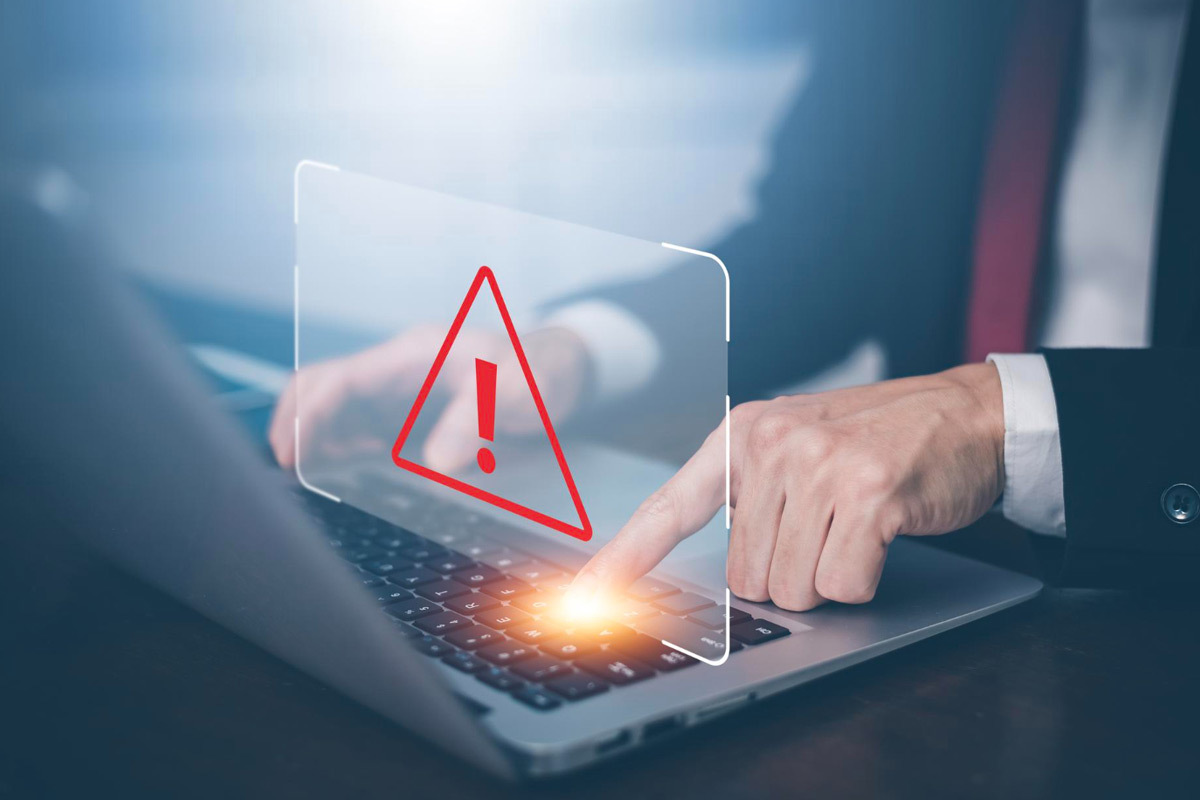
Cybercriminals tirelessly revise new and more intricate schemes to pilfer confidential and valuable data. While internal IT staff members are busy putting out digital fires or working on network problems, they simply do not have the time to stay abreast of emerging threats. Not working with the most current knowledge puts companies in a vulnerable position. That’s why outsourcing the cybersecurity aspects of overall IT is vital in terms of effectively managing cybersecurity risk. For example, zero day attacks occur when software applications need a security patch. That information could go unnoticed by in-house IT personnel until it’s too late. By contrast, knowing about cyber threats and acting in real time is the fundamental job of experts.
8: Restrict Access to Digital Assets
Given the number of successful data breaches continues to rise, industry leaders would be well-served to adopt risk-mitigation strategies that assume hackers will sometimes win. Although that may be a hard pill to swallow, business professionals can use it as a jumping-off point to better protect their digital assets and manage risk. One of the most promising cybersecurity strategies for reducing the impact of a data breach is known as “zero trust.” This approach limits each user’s access to programs and files on a need basis. If a team member needs additional data, they file a request to have their login profile temporarily expanded.
The primary reason zero trust cybersecurity measures help manage risk stems from the fact that hackers are similarly restricted. Should a cybercriminal learn someone’s password and username, sensitive and confidential data remain out of reach. Attempting to exceed the profile’s parameters typically triggers security alerts and may shut down user access altogether.
9: Maintain a Disaster Recovery Plan
In the cybersecurity field, we hope for the best but always plan for the worst. This philosophy leads security experts to develop recovery plans to overcome devastating cyberattacks and natural disasters. By backing up all critical data and programs in locations outside the primary network, they can be retrieved after the storm has passed. In some cases, this involves positioning digital assets across various cloud options.
In others, backing up information to old-school hard drives and taking them offline ensures hackers cannot get their digital mitts on them. Each organization works with unique data and processes that help determine the best practices required to keep valuable information safe and secure.
Red River Provides Effective Cybersecurity Risk Management Solutions
Protecting valuable and confidential data grows increasingly difficult as hackers revise new criminal schemes. The financial losses, downtime, regulatory fines and tarnished reputation accompanying a data breach or ransomware takeover can hamstring an otherwise productive enterprise. If you are interested in learning more about cybersecurity risk management, Red River has solutions. Contact us today, and let’s get the process started.

written by
Corrin Jones
Corrin Jones is the Director of Digital Demand Generation. With over ten years of experience, she specializes in creating content and executing campaigns to drive growth and revenue. Connect with Corrin on LinkedIn.
